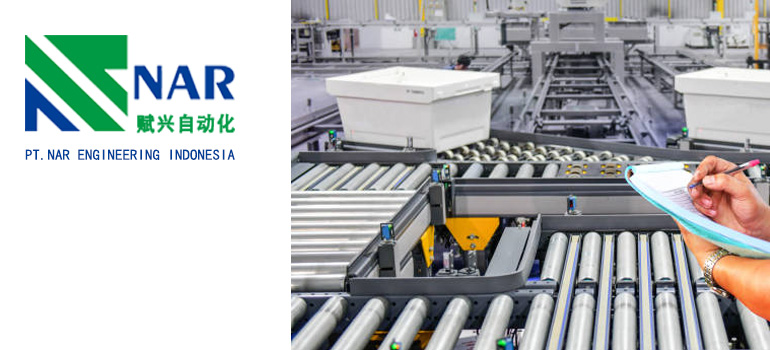Summary:
Optimize production efficiency and understand the importance of conveyor belt parts
The importance of conveyor belt parts
Selection and installation of conveyor belt parts
Maintenance and upkeep of conveyor belt parts
In modern manufacturing, conveyor belts are a crucial equipment that can help enterprises improve production efficiency, reduce labor costs, and ensure product quality. However, in order to maintain the normal operation of the conveyor belt, the selection, installation, and maintenance of conveyor belt components are also crucial. In this article, we will delve into the key roles of conveyor belt components.
The importance of conveyor belt parts<

A conveyor belt is a complex mechanical system composed of multiple components. The quality and function of these parts play a crucial role in the stability and efficiency of conveyor belt operation.
The following are several common conveyor belt parts and their functions:
Pulleys: Pulleys are important components on conveyor belts that are used to support and guide the conveyor belt. The design and manufacturing quality of the pulley directly affect the smoothness and lifespan of the conveyor belt.
Transmission system: The transmission system of a conveyor belt usually consists of an electric motor, a reducer, and a transmission belt. The selection and installation of these parts have a significant impact on the operating speed and load-bearing capacity of the conveyor belt.
Roller: The roller is located at the bottom of the conveyor belt and is used to support and guide the conveyor belt. Their design and quality are directly related to the smoothness and lifespan of conveyor belts.
Tape: The core part of a conveyor belt is tape, which is responsible for conveying materials. The material, thickness, and strength of the tape can all affect the operating effect and lifespan of the conveyor belt.
Selection and installation of conveyor belt parts
When selecting and installing conveyor belt parts, the following factors need to be considered:
Quality and durability: Choosing high-quality conveyor belt parts can ensure the stability and lifespan of the conveyor belt. Durable parts can withstand long-term and high-strength use.
Appropriate size and specifications: The size and specifications of conveyor belt parts should be selected based on the size and working requirements of the conveyor belt. The appropriate size can ensure the proper installation and operation of the parts.
Safety: The installation of conveyor belt components should comply with relevant safety standards and regulations. Ensuring the correct installation of parts can reduce the risk of accidents and provide a safe working environment
Maintenance requirements: When selecting conveyor belt parts, it is necessary to consider their maintenance requirements and ease of maintenance. Choosing parts that are easy to maintain can reduce repair costs and downtime.
Cost effectiveness: The price of conveyor belt parts should match their quality and performance. Finding cost-effective parts can ensure quality and reliability while reducing costs.
Maintenance and upkeep of conveyor belt parts
The maintenance and upkeep of conveyor belt parts is crucial for ensuring the normal operation and extending the service life of the conveyor belt. Here are some important maintenance and upkeep measures:
Regular cleaning: Conveyor belt parts should be cleaned regularly to prevent the accumulation of dust, dirt, and impurities. This helps to maintain smooth operation of the conveyor belt and reduce the risk of malfunctions.
Lubrication: Rolling and connecting components in conveyor belt parts require regular lubrication to reduce friction and wear. The use of appropriate lubricants can extend the service life of parts.
Inspection and adjustment: Regularly inspect the fasteners, bearings, and transmission system of the conveyor belt components to ensure they are in normal working condition. Adjust and replace as necessary.
Fault diagnosis and repair: timely detection and resolution of conveyor belt component faults is crucial. Establish effective fault diagnosis and repair plans to reduce downtime and improve production efficiency.
Peralatan conveyor belt parts are a key element in maintaining the normal operation of the conveyor belt. Choosing appropriate parts, installing them correctly, and maintaining them regularly can improve production efficiency, reduce costs, and ensure product quality.

